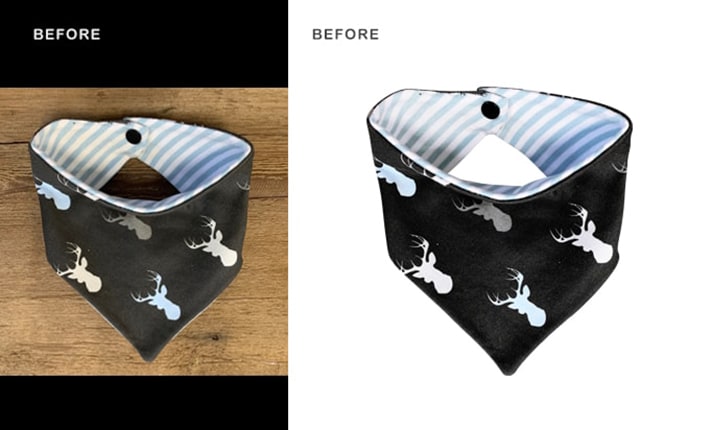 |
Technical SEO for Shopify refers to optimizing the backend structure of a Shopify website to ensure that search engines can easily crawl, index, and understand the content. While content and keywords are crucial, technical SEO focuses on the foundational elements that help search engines like Google navigate and rank your Shopify store more efficiently.
In Shopify, technical SEO starts with ensuring that your website has a clean, structured URL architecture. Shopify automatically generates SEO-friendly URLs, but merchants must ensure their URLs are concise, descriptive, and free from unnecessary parameters. Another key element is ensuring that your Shopify store uses proper meta tags, such as title tags and meta descriptions, which provide search engines with critical information about the page's content. Although Shopify allows for easy editing of these tags, consistently optimizing them for relevant keywords is essential.
 |
 |
Site speed is another critical factor in technical SEO. A slow-loading site can hurt rankings and user experience. Shopify merchants need to optimize images, use efficient apps, and minimize unnecessary code or scripts to ensure fast page load times. Tools like Google PageSpeed Insights can help diagnose and resolve speed issues. Additionally, ensuring that the site is mobile-friendly is vital, as Google now prioritizes mobile-first indexing, meaning the mobile version of your site is considered the primary version for ranking purposes.
Crawlability and indexability are other important aspects of technical SEO for Shopify. A properly configured XML sitemap and robots.txt file help search engines discover and prioritize pages on your store. Shopify automatically generates an XML sitemap, but merchants should check that all important pages are included and that irrelevant pages (like "Thank You" pages) are excluded from indexing.
Canonical tags are also crucial in Shopify technical SEO. Since Shopify can create duplicate content by generating multiple URLs for the same product or collection, canonical tags inform search engines which URL is the preferred version, preventing duplicate content penalties.
Lastly, implementing structured data or schema markup helps search engines understand the context of your content. Shopify supports basic schema markup, but merchants should add more advanced schema for products, reviews, and FAQs to improve search visibility, especially in rich results like featured snippets.
How to Organize Your Store for SEO
Organizing your store for SEO involves creating a well-structured and user-friendly environment that not only enhances the shopping experience but also improves visibility in search engine results. A well-organized store provides a clear pathway for both users and search engines to navigate through your products and content, leading to better engagement and higher conversion rates.
The first step in organizing your store for SEO is developing a logical site hierarchy. A clear hierarchy starts with broad categories that break down into more specific subcategories and individual products. For example, if you sell clothing, your primary categories might include Men’s, Women’s, and Kids’. Under each category, you can further segment by type, such as shirts, pants, or accessories. This hierarchy should be reflected in your navigation menus, making it easy for users to find what they’re looking for while also helping search engines understand the structure of your site.
Next, ensure that your URLs are clean and descriptive. SEO-friendly URLs contain relevant keywords and avoid unnecessary parameters or numbers. For instance, a URL like "yourstore.com/mens/shirts" is far more effective than "yourstore.com/product?id=12345". This not only aids in SEO but also provides users with a clear indication of what to expect when they click on a link.
Product pages should be optimized with unique and descriptive titles, compelling meta descriptions, and well-written product descriptions. Each product should have high-quality images and relevant keywords woven naturally into the text. Avoid duplicate content, as it can dilute your SEO efforts. Instead, focus on creating unique descriptions that highlight the features and benefits of each product.
Moreover, consider the importance of internal linking. Internal links guide users to related products and categories, enhancing their shopping experience while also spreading link equity throughout your site. Use descriptive anchor text to help both users and search engines understand the content of the linked page.
In addition to organizing products, don't overlook the importance of a blog or content section. Providing valuable, informative content related to your products can attract organic traffic and establish your store as an authority in your niche. This content should be optimized with relevant keywords and linked to relevant product pages, creating a network of interconnected content.
Lastly, ensure that your site is mobile-friendly and fast-loading. A responsive design that adjusts to different screen sizes is crucial, as more consumers shop via mobile devices. Page speed also significantly impacts user experience and SEO rankings. Regularly test your site’s performance using tools like Google PageSpeed Insights to identify areas for improvement.
By implementing these strategies, you can create a well-organized store that not only enhances user experience but also improves your overall SEO performance, leading to increased visibility and higher sales.
